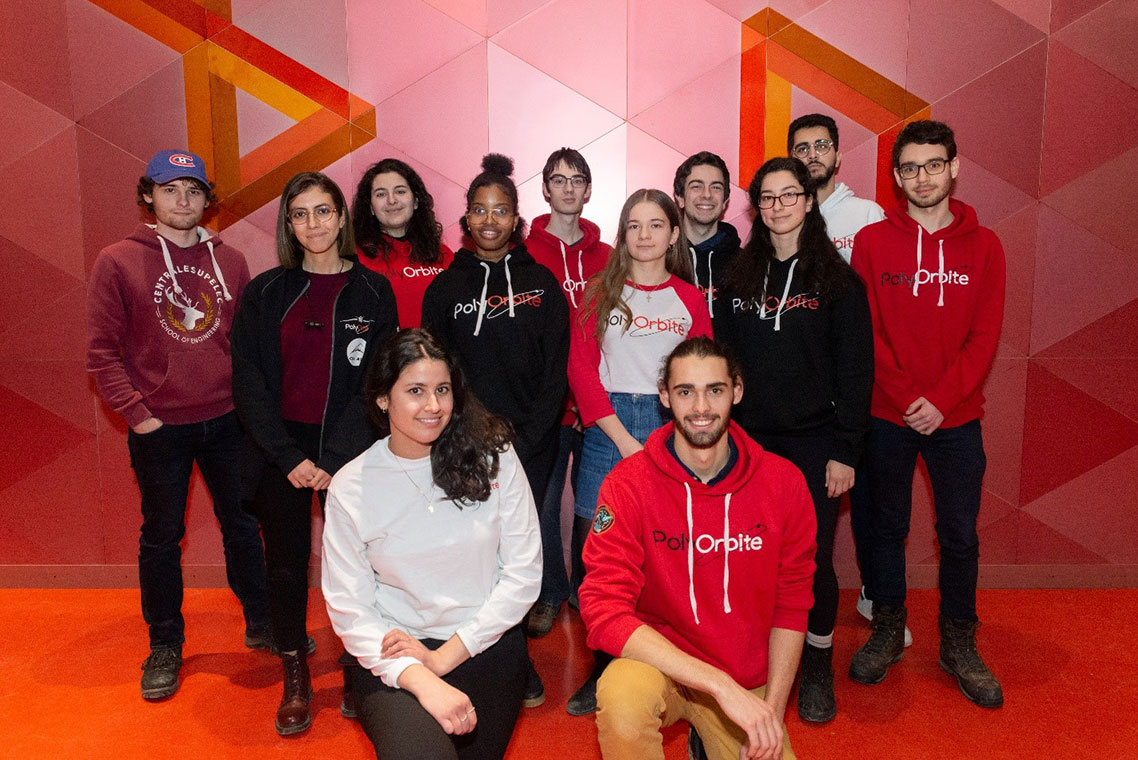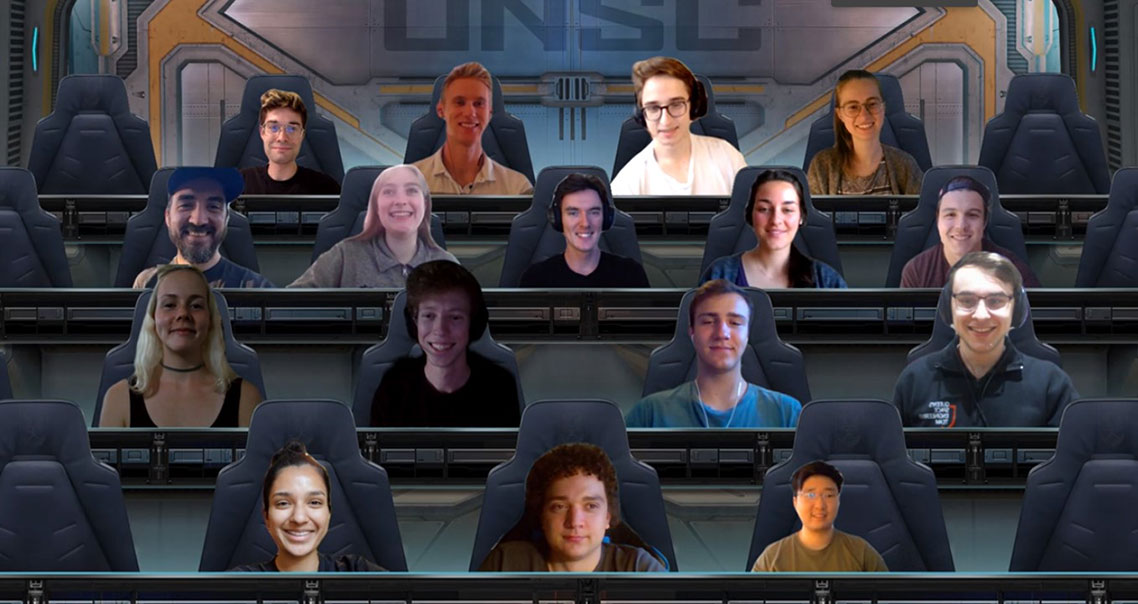Canadian Stratospheric Balloon Experiment 2021 Campaign
to 21 , two high-altitude balloons carrying two Canadian payloads were launched from the Timmins Stratospheric Balloon Base as part of the Canadian Stratospheric Balloon Experiment (CAN-SBX) campaign. The balloons tested new technologies, conducted science experiments and took measurements.
The campaign hosted the winning payloads from the third edition of the Canadian Stratospheric Balloon Experiment Design Challenge (CAN-SBX III). The campaign was a collaboration between the CSA and Students for the Exploration and Development of Space (SEDS) Canada.
The goal of the campaign was to provide post-secondary students with the unique opportunity to design, build and test small payloads. The payloads were launched aboard a high-altitude balloon system, provided by the CSA, and gave students enough experience to perform their own balloon launches. As part of the launches, the teams were introduced to engineering project processes and had to produce technical and progress reports in different phases. The campaign provided an amazing way to develop STEM skills.
How the balloons work
Expandable balloons are made of latex or chloroprene and are the same type used for weather soundings, which usually serve to gather data to feed environmental models to help predict the weather. As the balloon ascends into the stratosphere, it expands to the point of rupture. The CSA's high-altitude balloon system uses these balloons to lift scientific equipment into the stratosphere until the envelope bursts. At that point, the equipment drifts back to ground under a parachute and is recovered.
The balloon envelope itself is not re-used or recycled; however, the payload gondola and the elements of the flight train (parachute, separator) are re-used for future flights.
List of payloads
PolyOrbite
Partner: Polytechnique Montreal
Objective: PolyOrbite tested a novel "optical nose" sensor to characterize the composition of the atmosphere (CO2, O2, C2H4, H2O) during the entire balloon flight as a demonstration of the capability and robustness of the sensor in harsh environments compared to more traditional electronic/MEMS sensors. In addition, the payload validated a plant incubator system which is intended to fly onboard a 3U CubeSat.
Flight details:
- Time of flight: day
- Mass: approximately 2.8 kg
- Power: approximately 15 watts
- Experience: first-time flight
HORIZON
Partner: Queen's University
Objective: The HORIZON payload tested a low-cost and lightweight attitude determination system using commercial off-the-shelf cameras to image Earth's limb and estimate large-angle attitude changes during the stratospheric balloon flight. This test served as a proof of concept and help characterize the performance parameters of the camera in comparison to traditional attitude determination systems.
Flight details:
- Time of flight: day
- Mass: approximately 2.5 kg
- Power: approximately 15 watts
- Experience: first-time flight
Contact
Should you have any questions regarding the STRATOS program, please contact us at stratos_administration@asc-csa.gc.ca.


